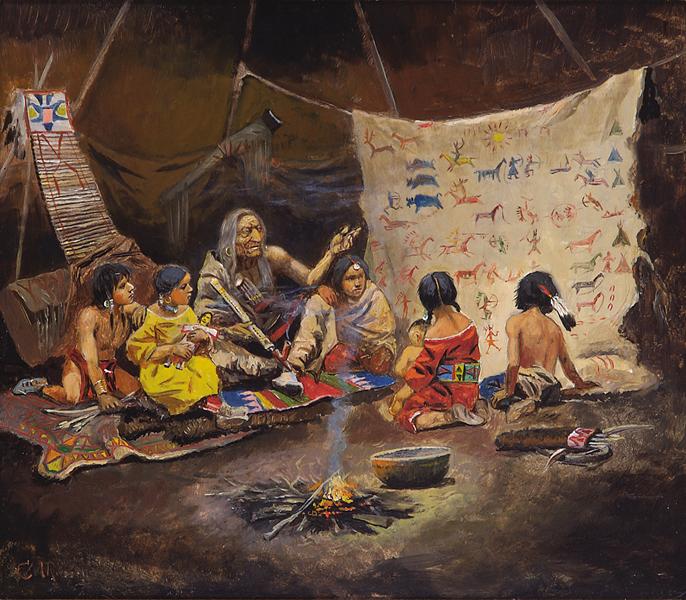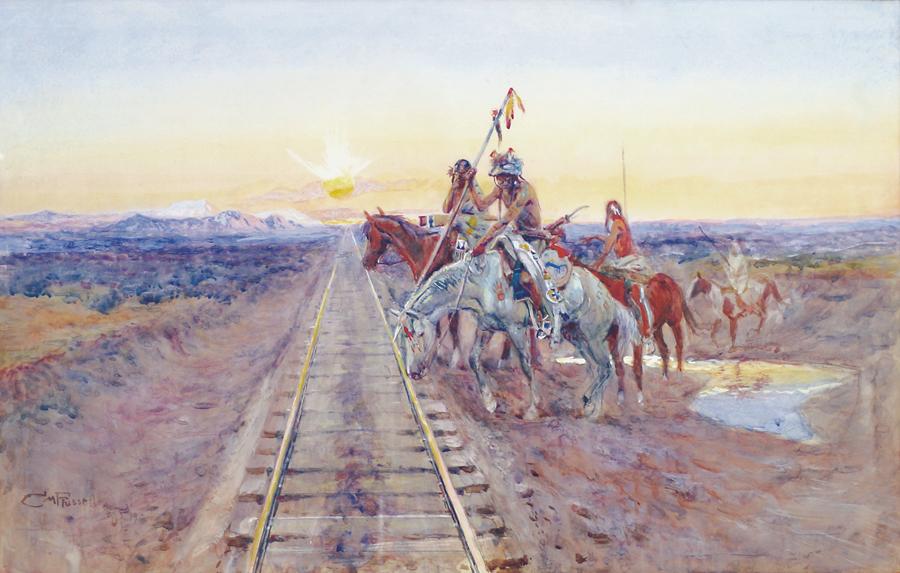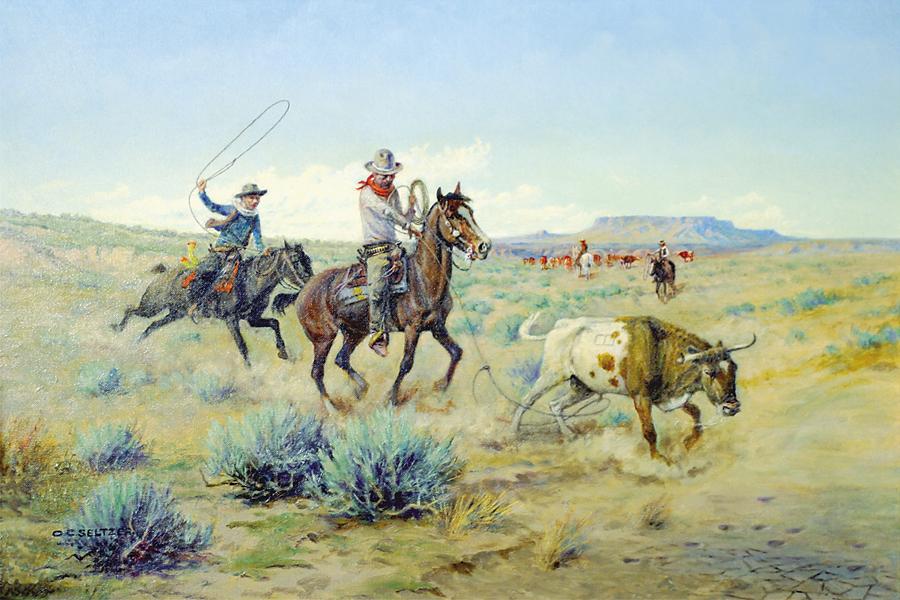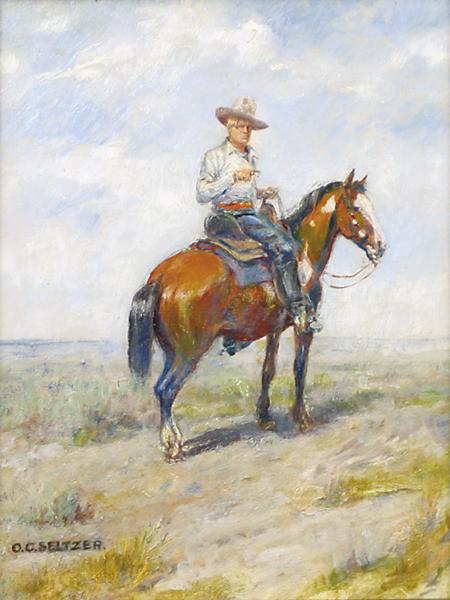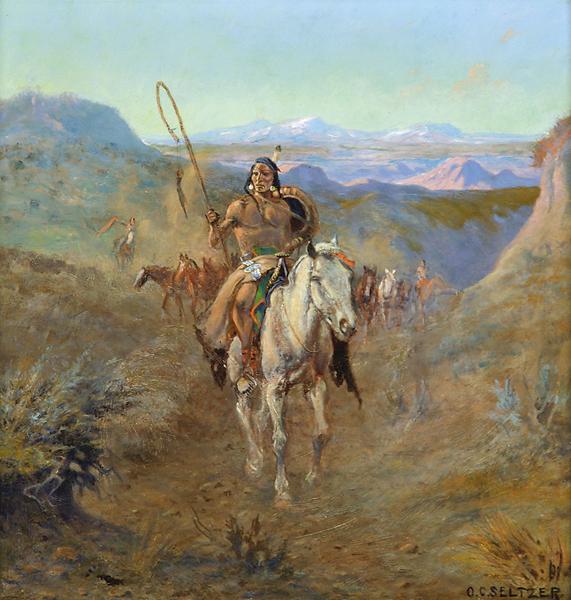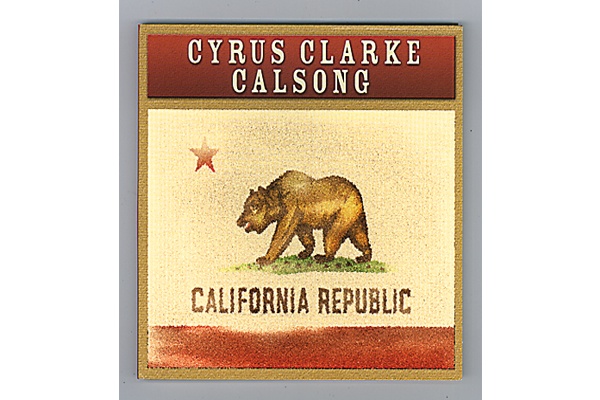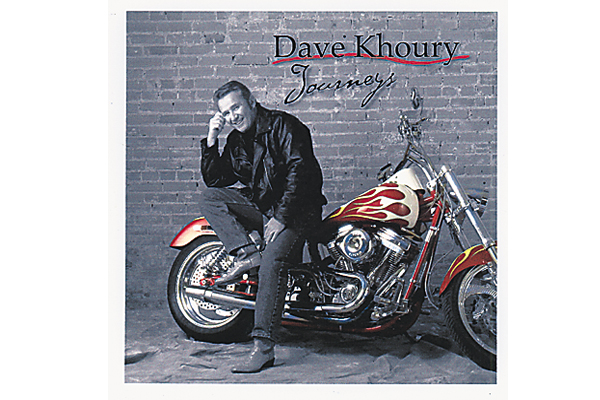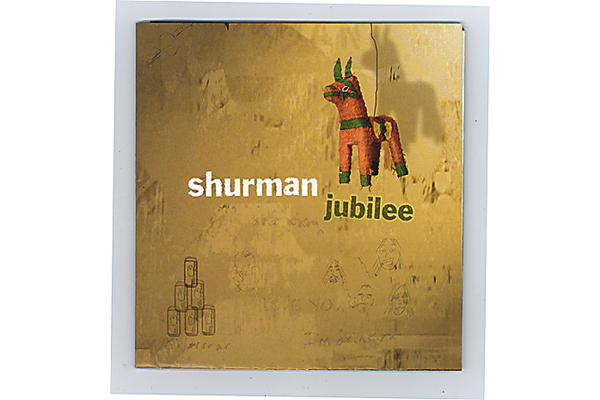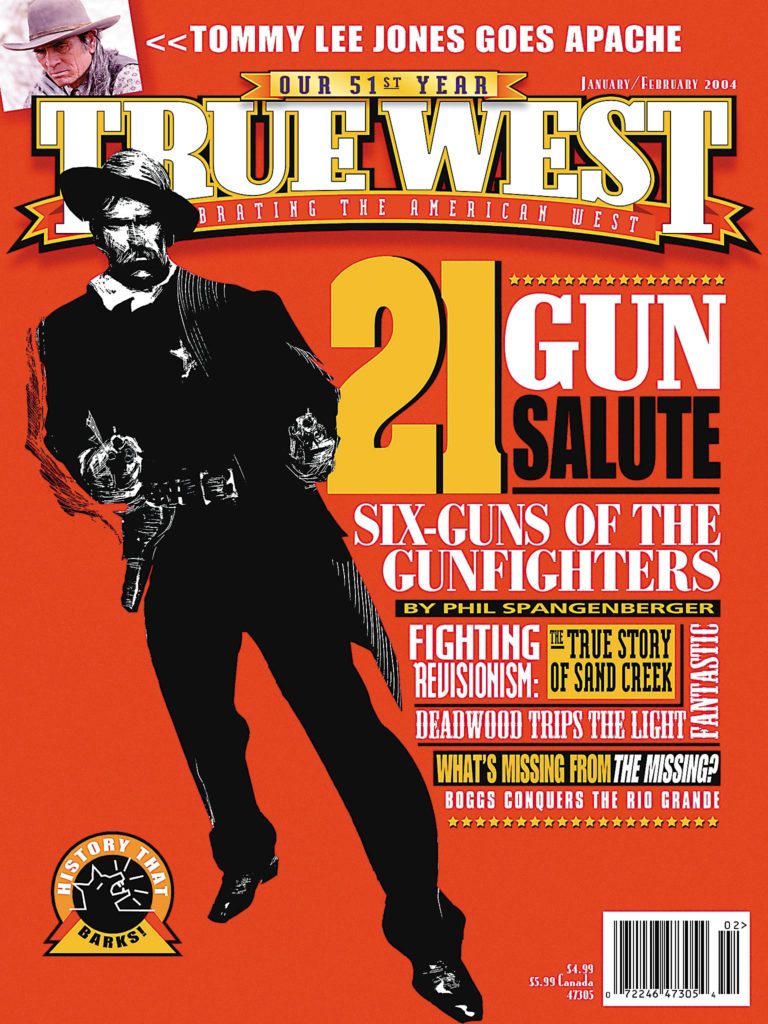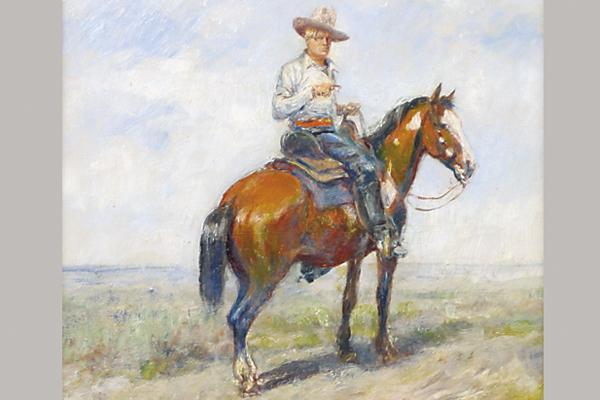 It’s fitting that an Olaf C. Seltzer painting of C.M. Russell on his horse Monte appeared in the Coeur d’Alene Art Auction this past year, as the two artists are connected in a modern-day lawsuit.
It’s fitting that an Olaf C. Seltzer painting of C.M. Russell on his horse Monte appeared in the Coeur d’Alene Art Auction this past year, as the two artists are connected in a modern-day lawsuit.
Three years ago, the auction house, based in Hayden, Idaho, accepted the painting Lassoing a Longhorn, bearing a Russell signature and the date 1913. Yet, firm co-owner Bob Drummond had some concerns about the painting, so he asked Steve Seltzer, the grandson of Russell’s contemporary, Olaf C. Seltzer, to examine it.
The finding was not good. Steve determined the painting was indeed by his grandfather, effectively reducing the watercolor’s market value from $500,000 and up to, at best, $50,000, Drummond said.
It’s no wonder such a pronouncement would rattle the art world. At the Coeur d’Alene auction of Western and wildlife paintings, held on July 26, 2003, in Reno, Nevada, two nearly $1 million paintings were sold, including Charlie Russell’s Trail of the Iron Horse (the other was Alfred Jacob Miller’s Indian Village, selling for $950,000). Russell’s other top sellers ranged from $85,000 to $350,000. Seltzer’s paintings went from $22,500 to $45,000.
So why are the artworks of Russell and Seltzer so similar? When Seltzer moved from Copenhagen, Denmark, to Great Falls, Montana, Russell befriended him and taught him to paint in watercolor and oil. Although Russell influences are obvious, distinct differences between the two, such as Seltzer’s decisive lines and subtle use of color, do exist. “Every artist has their own palette that they paint,” Drummond said.
Though Russell and Seltzer’s mentor-student relationship is a boon to the Western world—because it produced more wonderful art—the artists’ similarities can sometimes be too close for the art purveyor and collector, and even more so, for the bona fide expert authenticator.


